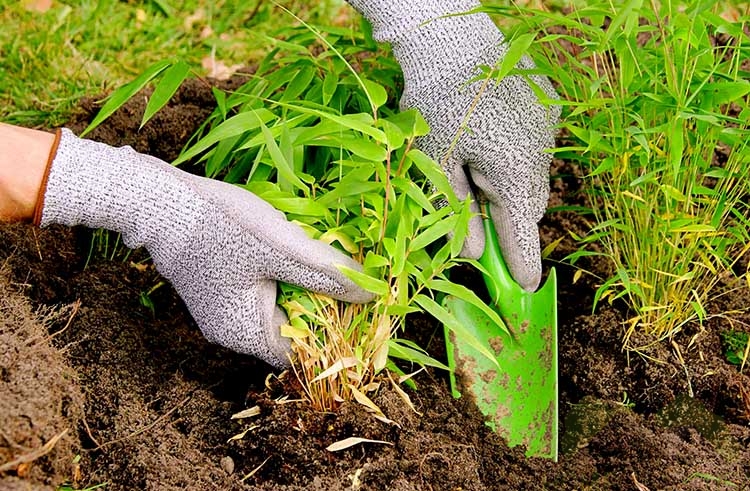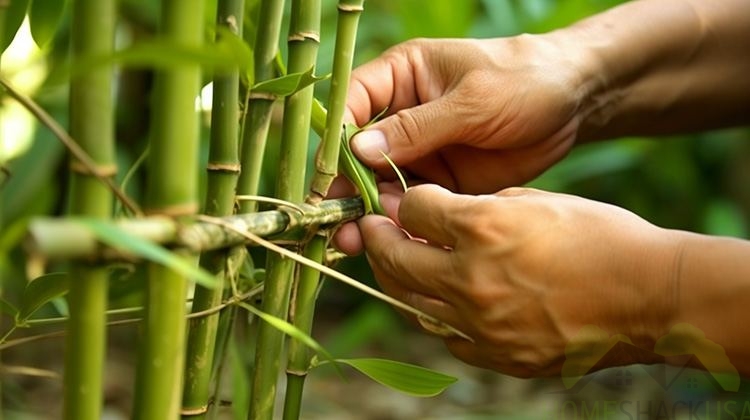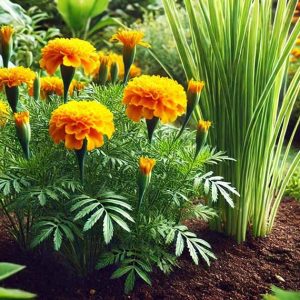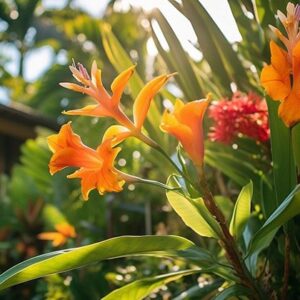You are a fan of the exotic and you have a garden? If you recognized yourself in the first sentence, then this article is meant for you.
Have you ever considered planting bamboo in your garden? It’s a plant that doesn’t require extensive care and it brings interest to the exterior space.
If you can’t wait to see these evergreen exotic plants in your own garden, then read along to learn everything you need to know about how to take care of bamboo in your garden or yard.
What Type of Bamboo to Choose
There are a few different types of bamboo suitable for different conditions. Most of them thrive in sunny areas and fertile soils, but they will also live in most types of soil.
The bamboos are separated into two main types: running and clump-forming. Running bamboos spread rapidly as they grow long underground stems that grow at large distances around the main plant. Such varieties include Arundinaria, Pseudosasa, and Sasa.
Their rapid growth can be controlled but if you don’t have a lot of available space in your garden it’s better to choose a clump-forming type.
Clump-forming bamboo types are not as aggressive and they grow in large clumps which can also expand a lot if you let them. This is the more common type chosen for gardens or home growing in pots.
Varieties of bamboo of this type include Bambusa, Chusquea, and Fargesia.
When and How to Plant

Bamboo will grow in various climate conditions but for best results it’s important to choose a location that gets a lot of sunlight and is not very windy.
Choose a place with fertile and well-drained soil, preferably slightly acidic. Before planting, you can enrich the soil with compost. Bamboo is best planted in spring because then its stems can store enough energy supplies so that the bamboo grows strong and stable canes in the summer.
To plant the bamboo, dig a hole that is twice as big as its roots. Bamboo has shallow roots so the hole doesn’t need to be too deep. Place the rootball inside the hole and spread the roots a little bit and then fill the hole again.
Water the bamboo as soon as you plant it and keep watering it weekly until the plant stabilizes.
After you water it, add a layer of mulch to the surface of the soil that’s above the roots in order to keep moisture in and feed the plant so that it grows solid canes.
Watering Bamboo
After the bamboo is established, it becomes pretty easy to care for it. It’s quite a vigorous plant and it will quickly grow, but it will thrive best if it gets watered weekly, especially if the soil is poor in nutrients and the region is particularly dry.
The watering will encourage its roots to grow deeper which will stabilize the plant additionally.
Bamboo is best watered by a hose as it resembles natural rainfall and it provides enough water for the plant to keep growing strong canes even in periods of drought.
Feeding
Bamboo might not need additional feeding, but it’s good not to remove fallen leaves, as they create a layer of protection for the root system. The leaves also contain important compounds that can be re-absorbed by the plant and feed it additionally.
If the soil is not particularly rich in nutrients, then it’s a good idea to feed the plant by adding a layer of compost or with granular or liquid plant feed.
Deadheading Bamboo

You most probably won’t see the bamboo flowering, as they do so very rarely, but in case you see it has started to produce its strange flowers, let it bloom until the flowering season ends.
After that, cut the clump that has flowered, as usually, the bamboo dies after flowering if you miss that step because the flowering process usually makes the clump very weak.
When spring arrives, feed the base of the plant with fertilizer to encourage it to grow new canes.
Pruning
If you cut a branch from a cane it will not recover in height, but it will promote the growth of new branches. The important thing is to leave some branches on the cane when pruning because otherwise, the cane itself will die.
How to Propagate Bamboo
If you plant bamboo directly in the ground, it will spread pretty quickly, but if individual plants are planted in pots, you can easily split the individual clumps.
In the middle of the spring, lift the clump from the soil and use a tool such as an axe to separate it into smaller clumps that you can later on plant in separate pots.
It’s best if you cut out the younger underground stems that are on the outside of the clump and use them to grow new plants.





